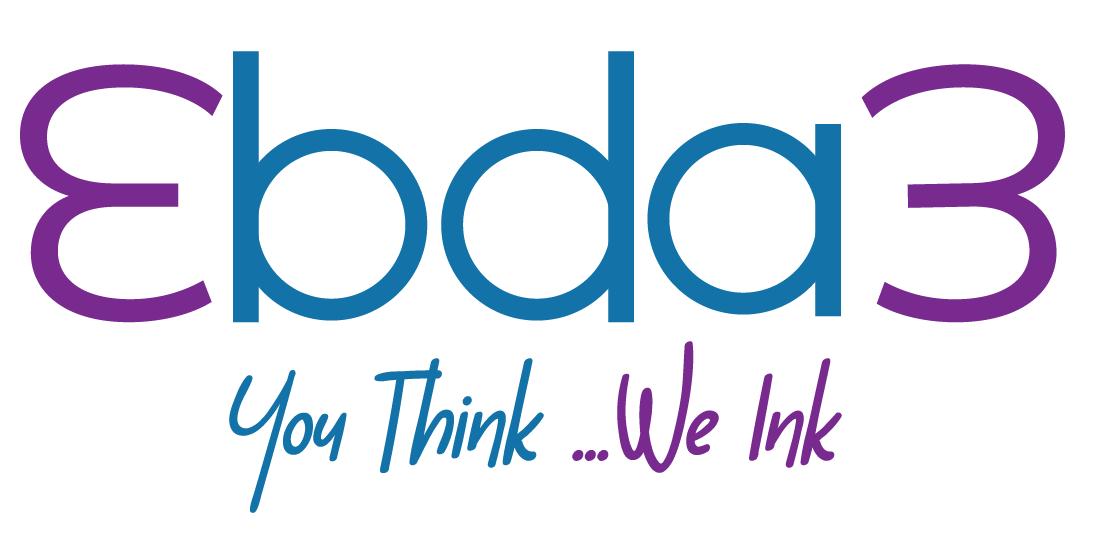All you need to know about writing a case study

A case study is an in-depth study of one person, group, or event. In a case study, nearly every aspect of the subject’s life and history is analyzed to seek patterns and causes of behavior. Case studies can be used in various fields, including psychology, medicine, education, anthropology, political science, and social work.
While case studies focus on a single individual or group, they follow a format similar to other types of psychology writing.
The Benefits of case study:
Build brand trust:
Case studies are extremely effective in building trust because of the very fact that they represent the viewpoint of your previous customers.
Instead of you telling your audience how great your brand is and how effective your products or services are, you’re having your customers do it for you. Not only do audiences trust other consumers more than they trust companies, but by allowing your previous customers to tell their stories, they are basically endorsing your brand, which gives your business more credibility.
Engage through storytelling:
Simply having customers tell the audience that your product is great is just a basic customer testimonial. It’s not that interesting, nor is it very engaging. Case studies are more concerned with telling the story of the customer. The customer is the hero, their problem is the conflict and your brand’s solution is the resolution. The use of storytelling helps to make a brand much more relatable and will allow your audience to see how you fulfilled that customer’s need at every stage of the buyer journey.
Assist your sales team:
Having an assortment of case studies available on your site can be hugely beneficial to your sales team. This is because they can recommend prospects to watch specific case studies of previous customers who may have had similar problems. This, in turn, can help them close deals.
Identify brand evangelists
To find the subjects of your case studies, you’ll need to speak to several clients or customers and request that they participate. Those that are willing are your brand evangelists. They are offering to tell their story because they believe in your brand. Knowing who your brand evangelists are is helpful because they can help improve your brand reputation through word-of-mouth marketing.
Types of Case Studies:
There are a few different types of case studies that psychologists and other researchers might utilize:
- Collective case studies: These involve studying a group of individuals. Researchers might study a group of people in a certain setting or look at an entire community. For example, psychologists might explore how access to resources in a community has affected the collective mental well-being of those living there.
- Descriptive case studies: These involve starting with a descriptive theory. The subjects are then observed, and the information gathered is compared to the pre-existing theory.
- Explanatory case studies: Explanatory case studies: These are often used to do causal investigations. In other words, researchers are interested in looking at factors that may have caused certain things to occur.
How to Write a Case Study:
There are also different methods that can be used to conduct a case study, including prospective and retrospective case study methods.
Prospective case study methods are those in which an individual or group of people is observed in order to determine outcomes. For example, a group of individuals might be watched over an extended period of time to observe the progression of a particular disease.
Retrospective case study methods involve looking at historical information. For example, researchers might start with an outcome, such as a disease, and then work their way backward to look at information about the individual’s life to determine risk factors that may have contributed to the onset of the illness.
Although case studies require a lot more effort to put together than the typical testimonial, it’s well worth the time and resources required. Many businesses will even produce their case studies as video content that their audiences can watch.
Learn more about: Case Studies





